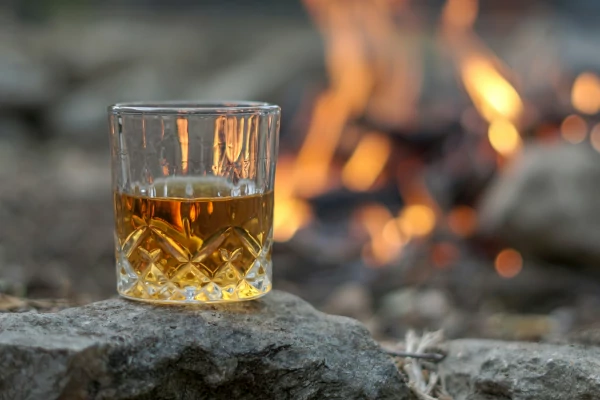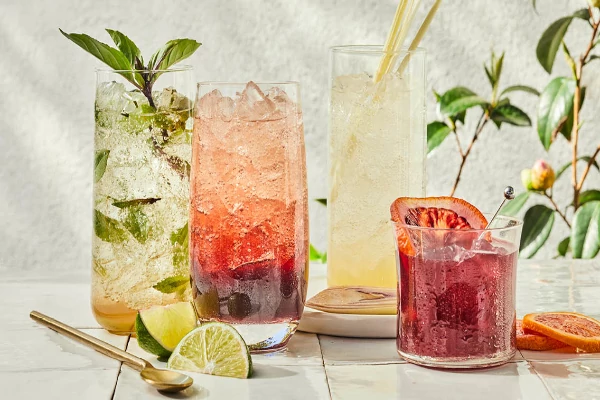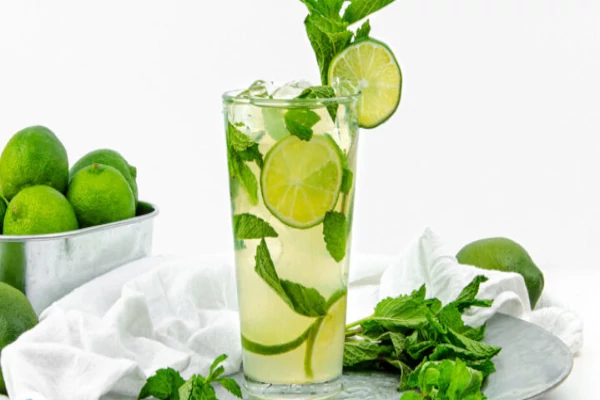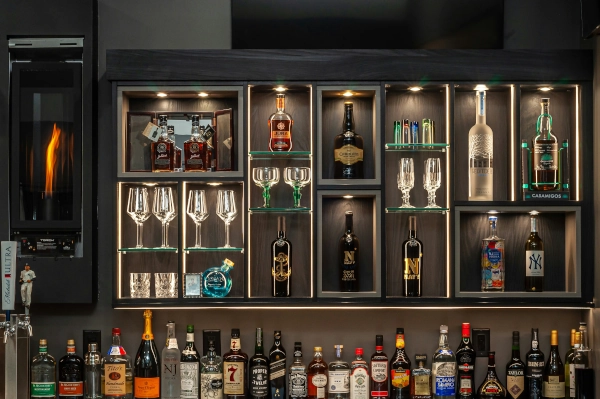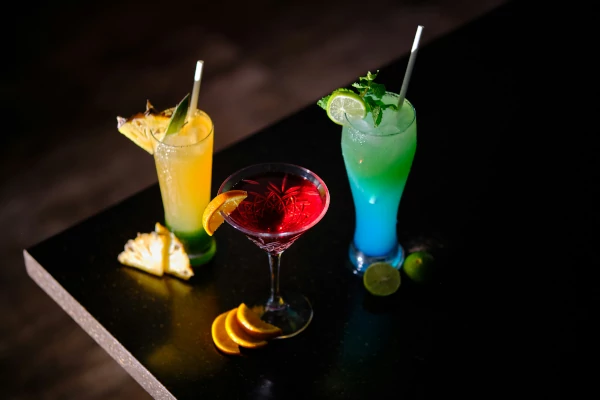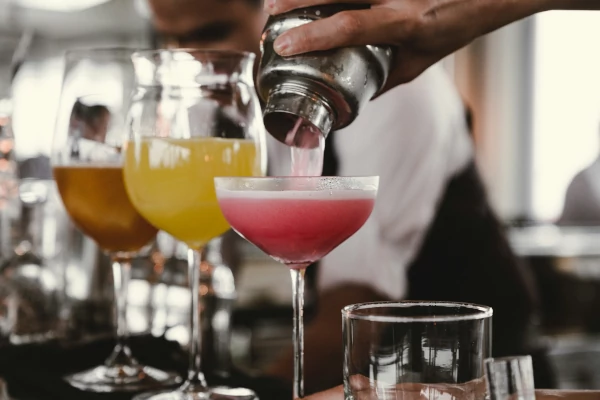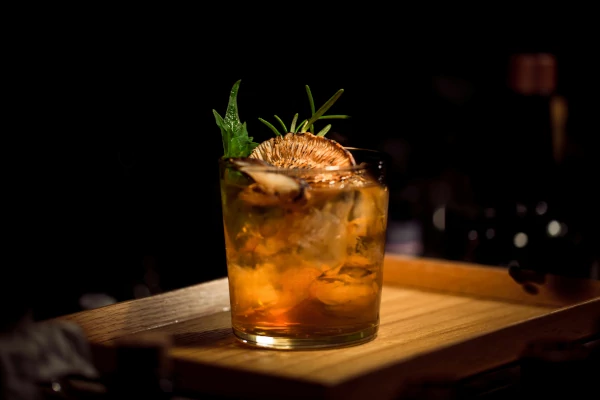How to Host a Liquor Tasting Party: A Step-by-Step Guide

Host a liquor tasting party with a themed selection of spirits, engaging discussions, and curated food pairings. Create a memorable experience with thoughtful planning and attention to detail.
Hosting a liquor tasting party is an excellent way to enjoy and explore different spirits while socializing with friends. Whether you’re a seasoned aficionado or a curious novice, a well-organized tasting event can be both educational and entertaining. Follow these steps to plan and execute a memorable liquor tasting party.
It is advisable to have alcohol/liquor drinking license in Maharashtra. You can apply online for alcohol/liquor drinking liquor license here : Click Here to Apply Now
1. Define the Theme and Purpose
Choose a Theme
Decide on a theme for your tasting. It could be based on a specific type of liquor (e.g., whiskey, vodka, rum), a particular country or region, or even a brand. Themes help in focusing the tasting experience and making the event more engaging.
Set a Purpose
Determine if the tasting is meant to be purely social, educational, or a mix of both. This will influence your choices in terms of presentation and structure.
2. Plan the Guest List and Invitations
Select Your Guests
Invite friends who share an interest in spirits or who are eager to learn more. Ensure you have a good mix of people to make discussions lively and diverse.
Send Invitations
Create and send out invitations well in advance. Include details such as the date, time, location, and theme of the party. Specify any dress code or special instructions, like bringing a specific type of glassware.
3. Curate the Liquor Selection
Research and Choose
Select a range of liquors that fit your theme. If you’re focusing on whiskey, for example, consider a selection of bourbon, scotch, and rye. For variety, you might include different ages, regions, or styles.
Quantity and Variety
Plan for 4-6 different types of liquor to avoid overwhelming your guests. Provide a range of options to allow for comparison and discussion.
4. Prepare the Tasting Area
Set Up the Space
Create a comfortable and inviting area for tasting. Arrange tables or counters where guests can stand or sit comfortably. Ensure there’s adequate lighting for reading labels and noting characteristics.
Display and Glassware
Present the liquor bottles neatly. Use appropriate glassware for each type of spirit—whiskey glasses, shot glasses, or tasting glasses, depending on the liquor. Provide water and neutral snacks (like crackers or bread) to cleanse the palate.
5. Plan the Tasting Format
Tasting Order
Decide on the order in which the liquors will be tasted. Generally, start with lighter spirits and progress to heavier ones. This allows for a more balanced tasting experience.
Provide Information
Prepare tasting notes or informational cards for each liquor. Include details such as origin, ingredients, and tasting notes. This adds an educational element and helps guests appreciate the nuances of each spirit.
6. Engage Your Guests
Guide the Tasting
Start the tasting with an introduction to the theme and a brief explanation of each spirit. Encourage guests to observe, smell, and taste each liquor. Discuss the flavors, aromas, and finishes.
Facilitate Discussion
Encourage guests to share their impressions and compare notes. Facilitate discussions about preferences and differences. This interaction makes the event more engaging and interactive.
7. Pair with Food
Select Complementary Foods
Pair the liquors with foods that enhance the tasting experience. For example, dark chocolates, nuts, cheeses, and charcuterie work well with many types of spirits.
Serve Strategically
Serve the food in a way that complements the tasting. Small plates or platters make it easy for guests to sample while tasting different liquors.
8. Ensure Safety and Comfort
Provide Transportation
Encourage guests to use ride-sharing services or designated drivers if they plan to consume alcohol. Safety should be a priority.
Offer Non-Alcoholic Options
Provide non-alcoholic beverages for guests who prefer not to drink or need a break between tastings.
9. Wrap Up and Feedback
Collect Feedback
At the end of the event, gather feedback from your guests. Ask what they enjoyed, what could be improved, and any suggestions for future tastings.
Thank Your Guests
Show appreciation for your guests’ attendance and participation. A thank-you message or a small token of appreciation can be a nice touch.
Conclusion
Hosting a liquor tasting party can be a rewarding experience that combines education, exploration, and social interaction. By planning thoughtfully and creating an engaging atmosphere, you’ll ensure that your event is enjoyable and memorable for everyone involved. Cheers to a successful tasting!
How to get drinking liquor license : Click Here to Apply Now
